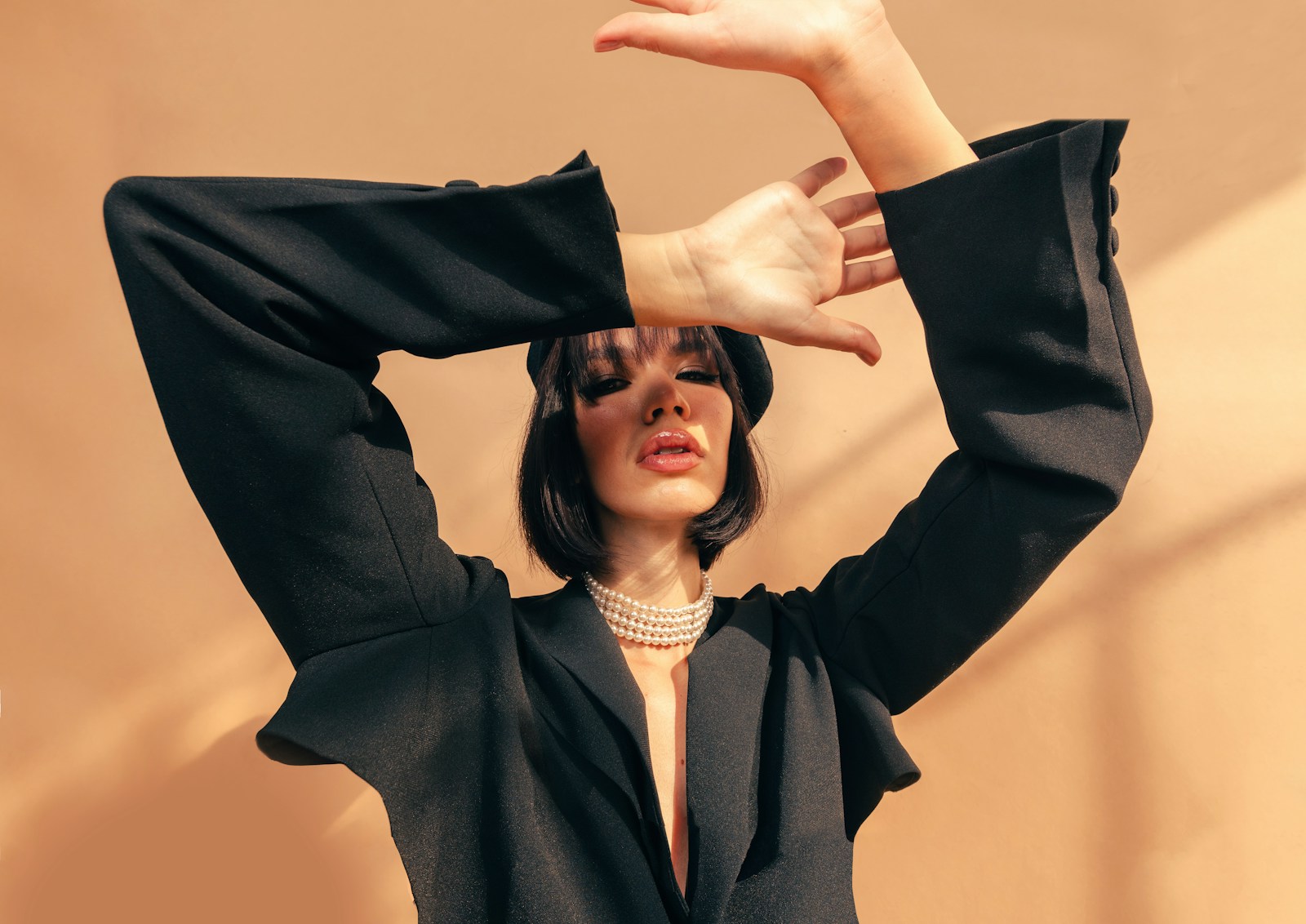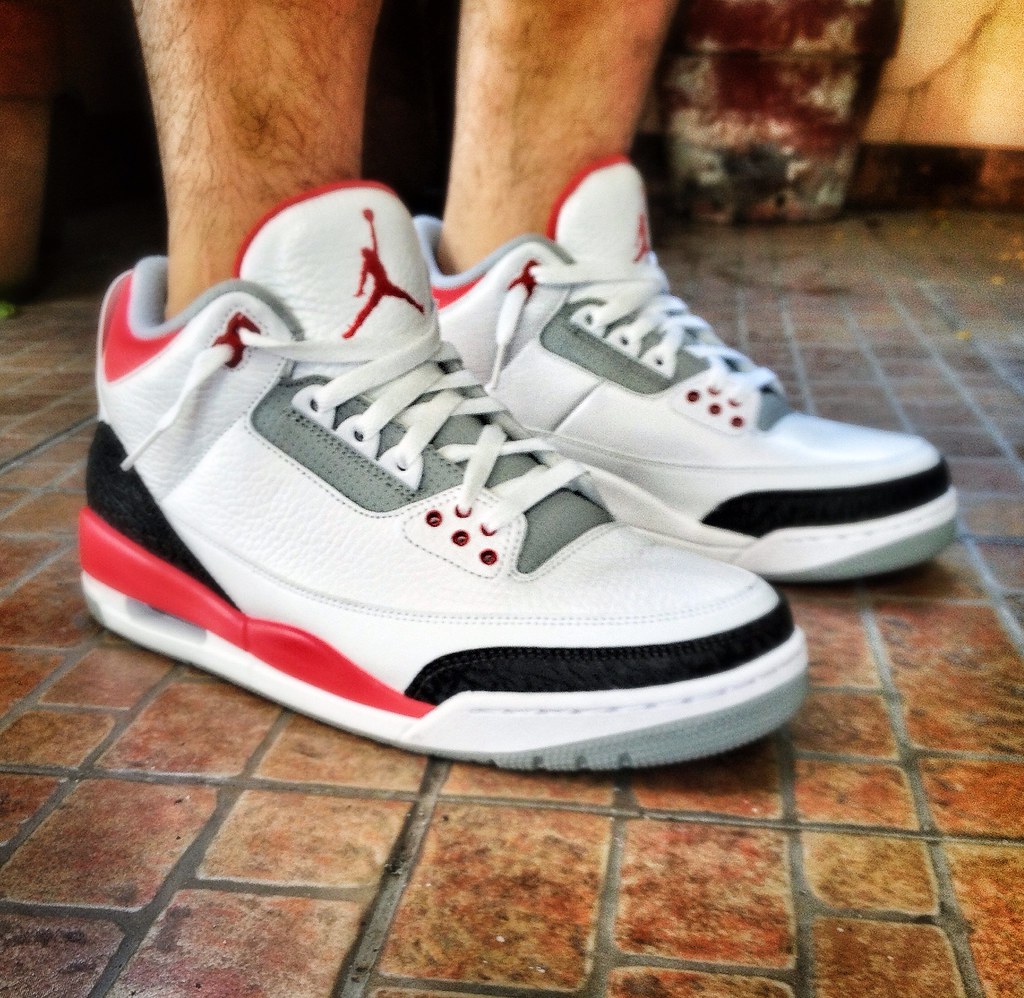
Let’s be real, few things get sneakerheads buzzing quite like the promise of a fresh drop or the nostalgic return of a beloved classic. The anticipation, the chase, the sheer excitement of finally copping a pair that defines a moment – it’s a feeling that fuels the entire culture. But what happens when that dream release turns into a nightmare? What if the hype train derails, and a highly anticipated sneaker never even makes it to shelves, or worse, completely bombs upon arrival?
It’s a phenomenon more common than you might think in the fast-paced, trend-driven world of footwear. Sometimes it’s legal red tape, other times it’s public outrage, and occasionally, it’s just plain bad timing or a design misstep. These stories aren’t just about shoes; they’re fascinating glimpses into the power of pop culture, brand accountability, and the ever-evolving demands of the sneaker community.
Today, we’re taking a deep dive into the archives to unearth some of the most memorable instances where iconic sneakers, despite their initial buzz or legendary status, flat-out flopped when brands attempted to relaunch them, or were controversially cancelled altogether. Get ready to explore the compelling tales behind six such pairs that became footnotes in sneaker history, proving that even the biggest names aren’t immune to a spectacular stumble.
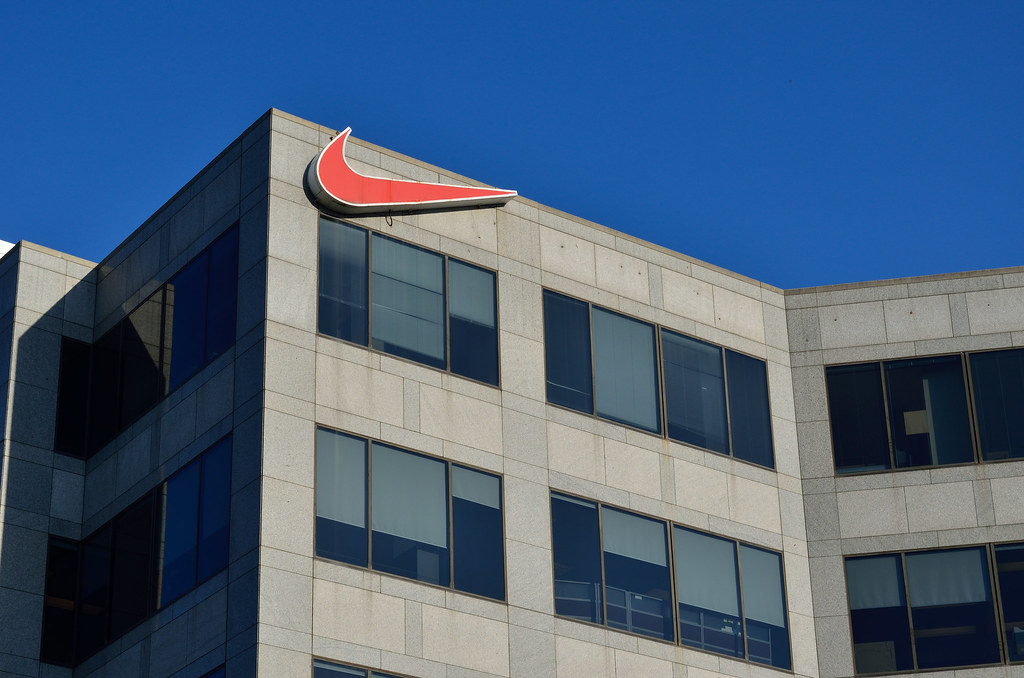
1. **Nike Air Garnett II (1998)**
Years before Kevin Garnett became a cinematic sensation, Nike was heavily invested in the high school standout turned NBA All-Star. His inaugural signature sneaker, the Garnett I, made its powerful debut on the court, gracing “Da Kid” as he ascended to stardom in Minnesota. Following its success, the Garnett III went on to become a smash hit across hardwood courts, beloved by KG and countless collegiate hoopers alike, who laced them up in abundance.
But amidst the undeniable triumphs of the Garnett I and III, a curious gap exists in the lineage: the Garnett II. Despite having been sampled and even making appearances in catalogs and various reference materials, this elusive second signature shoe for Kevin Garnett never actually made it to public release. It’s a true mystery that has kept sneaker historians and KG fans scratching their heads for decades.
While the exact reasons for its cancellation remain shrouded in uncertainty, speculation points to potential factors such as the NBA lockout of 1998-99, which caused widespread disruption in the league. Another theory suggests it could have been tied to Kevin Garnett’s ongoing contract negotiations, possibly concerning an ‘Original Block Family’ clothing line that was envisioned to be similar in scope to Michael Jordan’s iconic Jordan Brand deal. Regardless of the precise cause, the Air Garnett II never arrived at stores, cementing its place as a fascinating piece of unreleased sneaker lore.
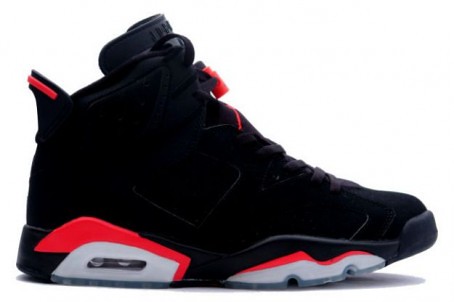
2. **Air Jordan 6 Reverse Infrared (2000)**
The mid-1990s marked a significant period for Jordan Brand, with 1994 and 1995 not only witnessing Michael Jordan’s unexpected retirement but also celebrating a decade of his illustrious career with Nike. This era introduced the concept of retro Jordans, beginning with the re-release of the Air Jordan I, II, and III, setting the stage for what would become a cornerstone of sneaker culture. As the millennium approached, coinciding with Jordan’s second retirement and the official birth of Brand Jordan, 1999 and 2000 brought back the Air Jordan IV, V, and VI.
These retro releases included both original colorways and new interpretations, a move that was considered polarizing at the time, as were any amendments to the cherished original branding. However, the most egregious and hotly debated proposed update surfaced in the form of an Air Jordan VI Black/Infrared retro sample. This particular sample sported an inverted midsole color blocking, a deviation from the iconic design that had become synonymous with MJ’s first championship.
The controversial sample quickly spread across the pages of Eastbay catalogs and fueled heated discussions on popular forums like NikeTalk. Purists were dismayed by what they perceived as a painting faux pas on the first retro release of the shoe MJ won his initial championship in. Whether it was an accidental oversight or an experimental case study in adaptation, the public’s reaction was undeniable. The outrage from collectors was so intense that Jordan Brand was ultimately forced to cancel the problematic sample and release the “Real McCoy,” a faithful rendition of the original, proving the immense power and influence of the sneaker community.
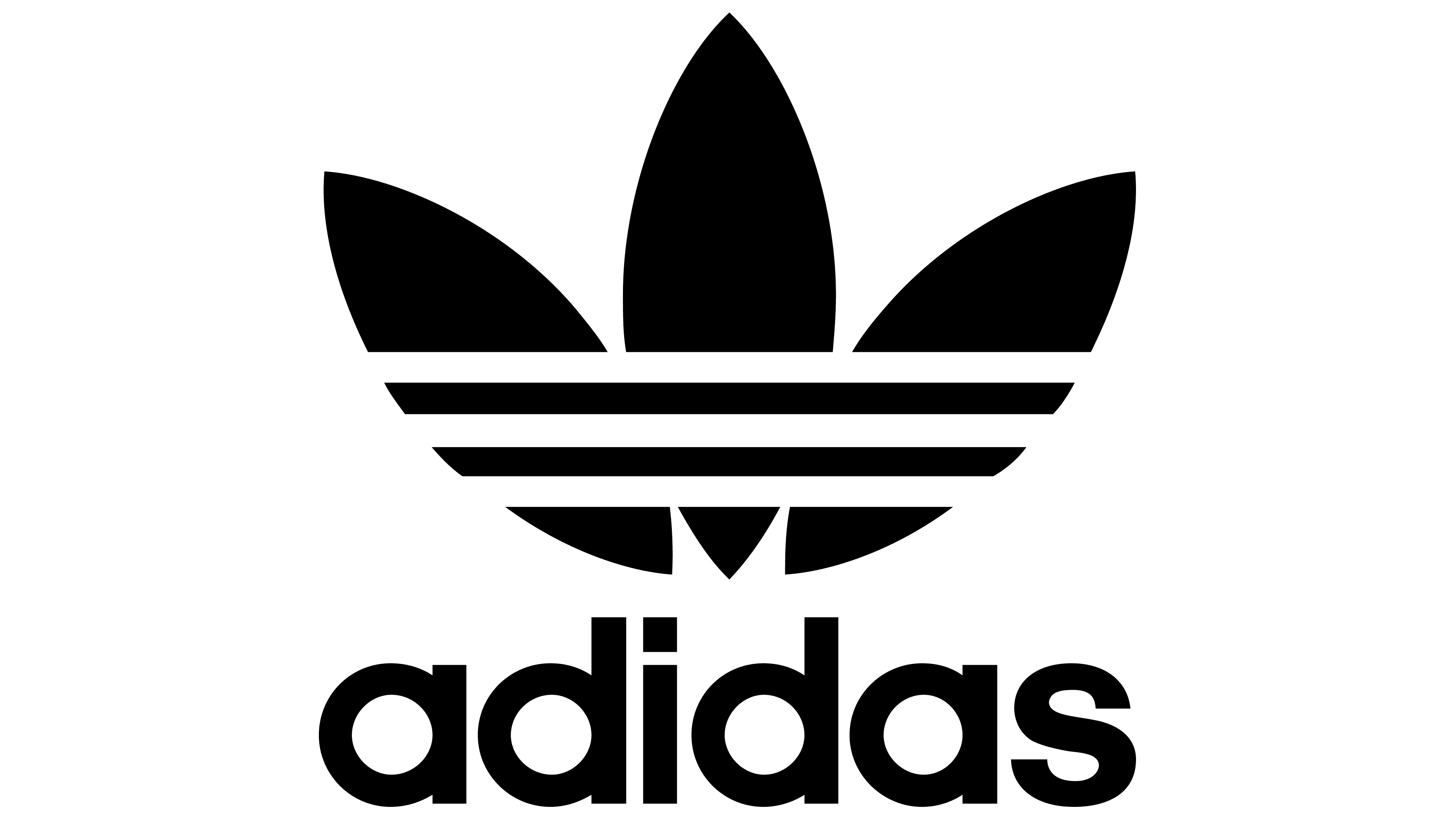
3. **Adidas The Kobe III (2002)**
Kobe Bryant’s journey with adidas is a tale woven with both remarkable success and undeniable complexity. Sonny Vaccaro, the legendary figure who famously brought Michael Jordan to Nike, recognized similar star power and immense promise in a young Kobe Bryant during his early high school ascent at ABCD Camp. Vaccaro’s audacious plan was simple: have Kobe bypass college and sign directly with adidas as a teenager, a bold move that paid off handsomely.
To the credit of Vaccaro’s foresight and Kobe’s unparalleled killer instinct, the plan unfolded almost perfectly. Kobe quickly rose to All-Star status and achieved championship heights early in his career with the Los Angeles Lakers, accumulating impressive credentials. However, behind the scenes, issues began to surface. Kobe reportedly wasn’t entirely satisfied with his signature shoes or the marketing direction adidas was taking, creating a growing rift.
To further complicate matters, family interests in his earnings were causing internal divisions amongst the Bryants, with adidas finding itself caught in the middle. Ultimately, Kobe ended his deal with the brand that had initially seen his potential but struggled to effectively market it, making him the hottest footwear free agent basketball had ever witnessed in the summer of 2002. Consequently, the adidas The Kobe III, a model envisioned as a “sleeker and sportier evolution” of the earlier, boxier ‘The Kobe’ and ‘The Kobe II,’ was tragically cancelled and never released, forever remaining a fascinating “what if” in the rich footwear folklore surrounding Kobe Bryant.
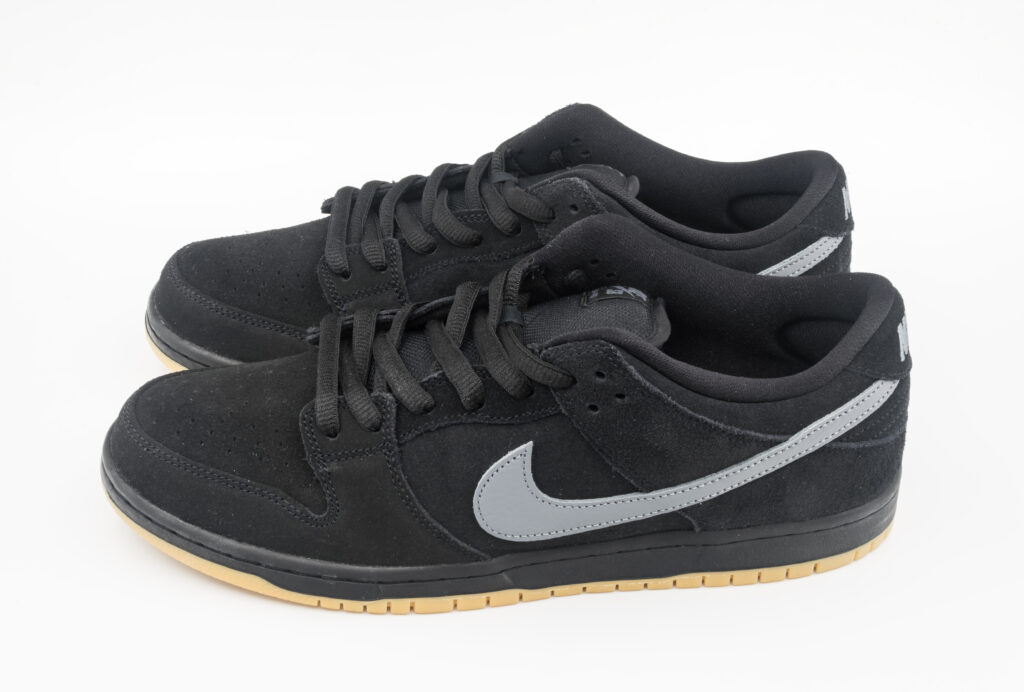
4. **Nike SB Dunk Low Freddy Krueger (2007)**
Despite the fluctuating fortunes of SB Dunks over the past decade, one particular pair has consistently remained relevant and red-hot: the Freddy Kruegers. Their enduring appeal isn’t just about killer inspiration and masterful storytelling; it’s also about an unparalleled rarity that transcends fleeting trend waves. This shoe exemplifies how a cancelled release can achieve legendary status, making it one of the most coveted pairs of SBs ever among collectors.
Originally slated for a 2007 release, the Nike SB Dunk Low Freddy Krueger never hit the shelves. Legend has it that designer Todd Batrud, known for his exceptional talent with Dunks, was briefed to create a set of Dunks directly inspired by the evil lead from ‘A Nightmare on Elm Street.’ True to form, he absolutely “killed it” with his design, capturing the essence of Freddy Krueger so perfectly that it ironically led to its downfall.
Unfortunately for all collectors who dreamed of copping these nightmare-inducing kicks, Todd’s interpretation of the Freddy inspiration was so spot-on that Nike had to “dead the release.” The reason? Stringent trademark restrictions. Nike’s SB division was forced to cancel the release before they could officially hit retail, even after some shipments had already arrived at stockists. The sheer artistry and extreme rarity resulting from this legal entanglement contribute to their status as one of the most sought-after and mythical SB Dunks in history.
5. **Nike Zoom Vick V (2007)**
In his prime, Michael Vick was undeniably one of the most dynamic and electrifying quarterbacks the NFL had ever seen. Possessing a formidable strong arm, blazing fast legs, and incredible instincts, the Madden poster boy truly embodied joystick jukes in real life. Early in his Atlanta Falcons career, Vick often rocked Jordans on the turf, but Nike soon recognized his star power and made him the face of his own signature line, the Nike Zoom Vick.
Having already released four successful models under his belt, the Nike Zoom Vick V was set to be the flagship model that the Falcons QB would wear during the highly anticipated 2007 NFL Season. This particular shoe was poised to represent his continued dominance on the gridiron. However, as the season approached, Vick found himself embroiled in a massive controversy surrounding his role in a dogfighting ring, a scandal that ultimately led to his suspension from the NFL and incarceration.
Due to the significant public outrage and the sudden and profound lack of on-field endorsement, Nike made the decisive move to suspend the release of the Zoom Vick V. This cancellation demonstrated Nike’s quick response to controversial situations involving its endorsed athletes. While the Zoom Vick V itself remains unreleased and unretroed, Nike did eventually release an Air Max-assisted version of the shoe, cleverly retitled as the Air Max Gameday, in 2009. Despite Vick’s eventual reinstatement into the NFL and his efforts to educate on the dangers of dog fighting, the original Zoom Vick V is likely to remain a cancelled relic.
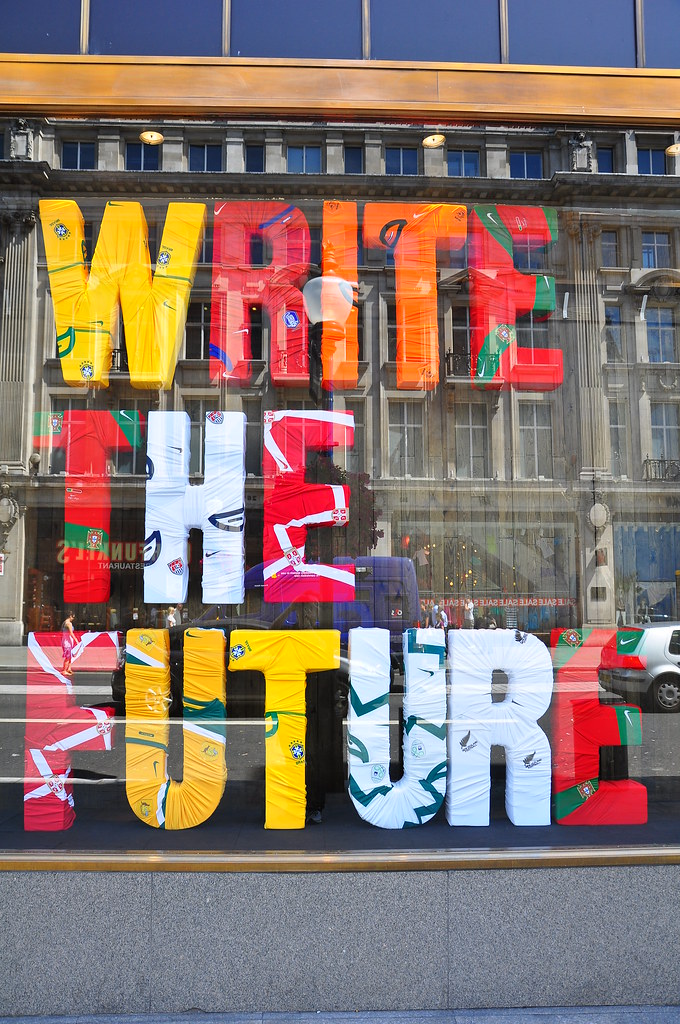
6. **Nike HyperMax McFly (2009)**
Building on the incredible success of the 2008 Nike Hyperdunk McFly, which paid homage to the iconic ‘Back to the Future’ film series, Nike aimed to duplicate that box office hit with its 2009 follow-up: the Nike HyperMax McFly. This new model was designed as a sturdier sequel to the original Hyperdunk, offering enhanced features for performance and style. It was a highly anticipated release that promised to continue the ‘McFly’ legacy.
The HyperMax McFly beefed up the sleek shape of its predecessor by adding “additional padding on the upper,” full-length Air Max cushioning, and a distinctive strap, suggesting a more robust and supportive shoe. All early previews and glimpses of ‘Part II’ strongly suggested another potential success, even if it wasn’t as universally heralded or groundbreaking as the original Hyperdunk McFly, which had captivated sneaker enthusiasts and film buffs alike.
However, a significant hurdle emerged. The only problem, rumor had it, was that the shoe bore too strong a resemblance to the legendary, still-unreleased OG Air Mag from the very same ‘Back to the Future’ universe. This perceived similarity created a dilemma for Nike. Consequently, the Nike HyperMax McFly’s launch was officially cancelled in the United States, though, intriguingly, some pairs still managed to surface in stores across Asia, adding another layer of mystique to this almost-was sneaker. The decision highlights the careful balance brands must maintain when drawing inspiration from iconic pop culture artifacts, especially when their own legendary products are involved.
7. **Nike SB Dunk Hi Cheech & Chong (2011)**
Todd Batrud, the legendary designer, really knows his way around a Dunk, almost *too* well sometimes! After absolutely crushing the Freddy Krueger SB Lows in 2007, he was at it again in 2011, this time spinning some serious cinematic nostalgia into a pair of skateable footwear classics: the Cheech & Chong SB Highs. You just *knew* these were going to be iconic, right?
Just like the Freddy homage, Todd’s take on the smoking comedic duo created a massive buzz. Imagine the excitement among sneakerheads and fans of the cult classic films! However, it seems Hollywood wasn’t quite “feeling” the unofficial tribute. Rumor has it that despite these beauties already being shipped to skate shops in 2011, the Cheech & Chong Dunk drop was abruptly cancelled due to those pesky legal reasons.
It’s a recurring nightmare for collectors: a sneaker so perfectly designed and incredibly sought-after gets pulled from shelves before it even has a chance to shine. The anticipation for these was through the roof, and their cancellation just cemented their mythical status. It’s a prime example of how even the most brilliant designs can be tripped up by the fine print.
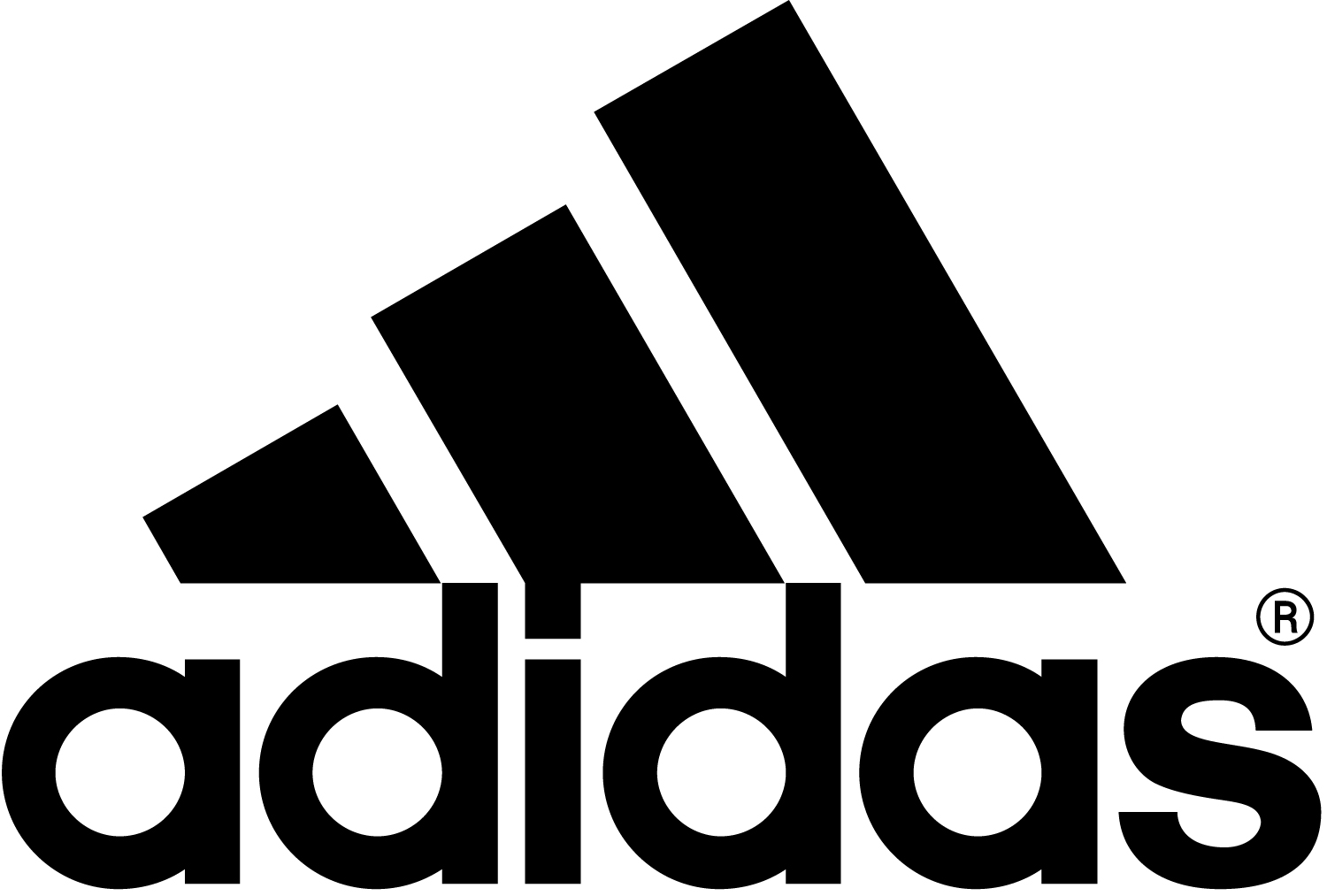
8. **Adidas JS Roundhouse Mid (2012)**Ah, Jeremy Scott! The early 2010s were truly his imperial phase at adidas. This daring designer was a master of turning heads and dropping jaws with his cartoonish collabs, bringing a much-needed dose of playful levity to a sneaker scene that, let’s be honest, often takes itself way too seriously. His creations were always a wild ride, and everyone was here for it!
Ah, Jeremy Scott! The early 2010s were truly his imperial phase at adidas. This daring designer was a master of turning heads and dropping jaws with his cartoonish collabs, bringing a much-needed dose of playful levity to a sneaker scene that, let’s be honest, often takes itself way too seriously. His creations were always a wild ride, and everyone was here for it!
So, when he prepared to unleash his take on the Roundhouse Mid in 2012, an ’80s homage to plush toys of yesteryear, the sneaker world was abuzz. However, what Scott intended as a fun, retro nod—think My Pet Monster’s bright fur and those unmistakable orange handcuffs—was, sadly, interpreted in a completely different and deeply troubling light.
Instead of playful nostalgia, the design was dubbed the “Shackle Shoes” by those offended, conjuring up powerful and painful imagery of the chains used to oppress Black people during one of America’s most disgusting historical periods. It was a stark reminder that inspiration, no matter how innocent the intent, can sometimes miss the mark spectacularly when cultural sensitivities are not fully considered.
The situation was only amplified by a truly tone-deaf description from adidas Originals on social media, pouring fuel on the fire. The public outrage was immediate and intense, leaving adidas with no choice but to cancel the handcuff kicks. While Scott later defended his original intent and his playful pedigree for the My Pet Monster-inspired sneakers on the red carpet of the BET Awards, the damage was already done. Talk about a misfire!
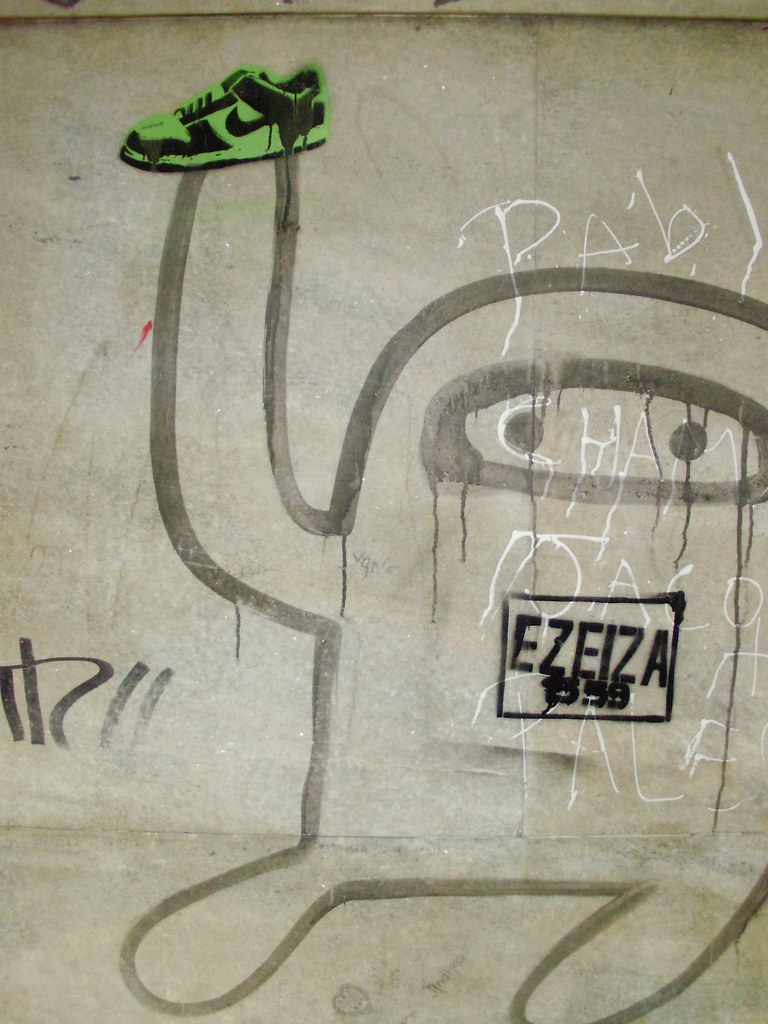
9. **Nike Zoom Flight 96 Draft Day Pack (2014)**
The 1996 NBA Draft was an absolute goldmine, yielding two of the most influential players basketball has ever seen: none other than Allen Iverson and Kobe Bryant. While other legends from that class, like Steve Nash and Ray Allen, also made their mark (and signed with Nike!), Bubba Chuck and Jelly Bean Jr. famously took their talents to other brands when they first entered the league.
Fast forward to 2014, and despite their differing brand loyalties at the start of their careers—Iverson with Reebok as a rookie and a young Bryant famously brought into the adidas fold—the Swoosh wanted to pay homage to these two titans. The plan was brilliant: honor them with “reverse-engineered PE installments” of the iconic Nike Zoom Flight 96. It was a clever way to acknowledge their impact, even if they hadn’t started their pro careers with Nike.
But here’s where the plot thickens. While Bryant was a Nike athlete by 2014, Iverson was still very much *not*. And this, my friends, created a legal minefield. The intricacies surrounding the storytelling sneakers, particularly involving a non-Nike athlete of Iverson’s stature, ultimately caused both proposed shoes in the pack to be cancelled. It’s ironic, especially since Reebok had previously released Question PEs that paid homage to a free-agent Kobe and even a high school LeBron James without such complications.
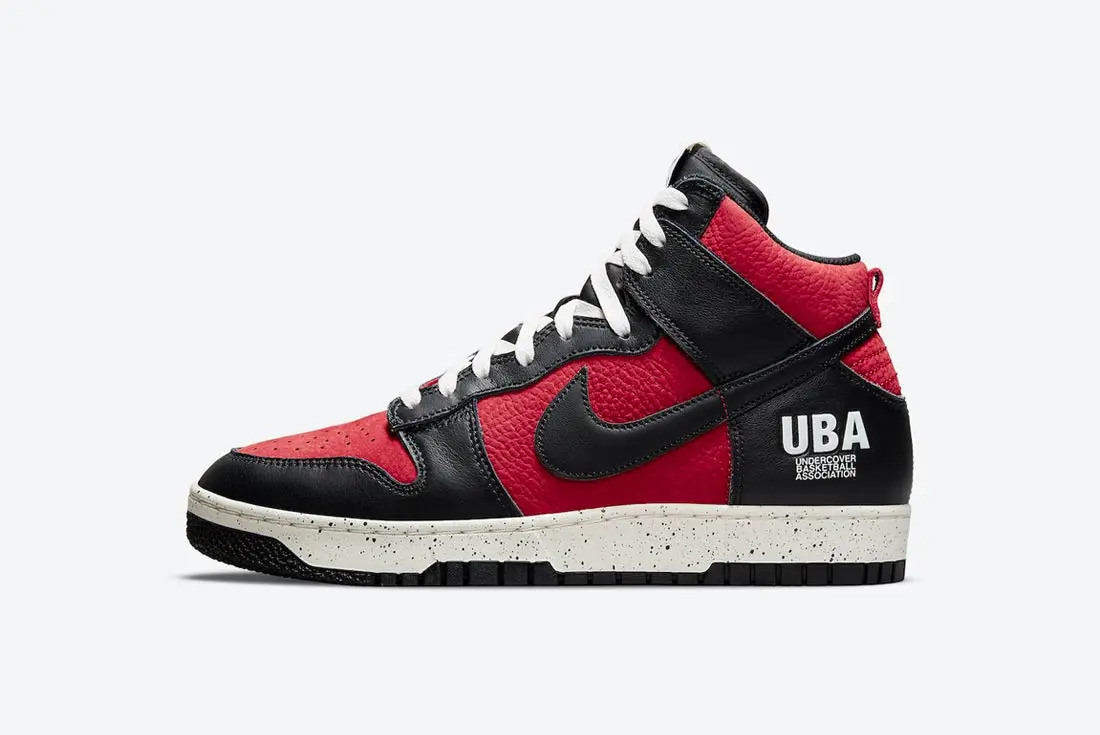
10. **Black Sheep x Nike SB Dunk High Paid in Full (2014)**
Nike SB has always been known for its adventurous spirit, often nose-diving into the “grey area” of inspiration. Sometimes they emerge unscathed, creating instant classics. Other times? Well, they land themselves in some seriously hot water. The 2014 Black Sheep x Nike SB Dunk High “Paid in Full” definitely fell into the latter category, making waves for all the wrong reasons (and some right ones, if you ask collectors!).
This collaboration with the North Carolina skate shop was a fantastic hip-hop homage, directly inspired by the pivotal Eric B & Rakim record. Fans were absolutely hyped for this Dunk High; it truly hit home with its clever references and bold aesthetic. It perfectly captured a moment in music and fashion history, making it instantly buzz-worthy.
However, this sneaker was absolutely *loaded* with legalities, making it a nightmare for Nike’s legal team. From the use of unlicensed album inspiration to its undeniable nod to the Dapper Dan-derived Gucci gear that the iconic duo rocked on the album cover, there were simply too many entities whose intellectual property was being, let’s say, ‘referenced’ without official permission.
As you can imagine, enough of these various entities were sufficiently upset to get this highly anticipated pair cancelled. And while it was a win for legal compliance, it caused an entirely different kind of upset among collectors! These Dunks proved to be one of the most buzz-worthy drops in quite some time, making their cancellation an even tougher pill for the sneaker community to swallow.
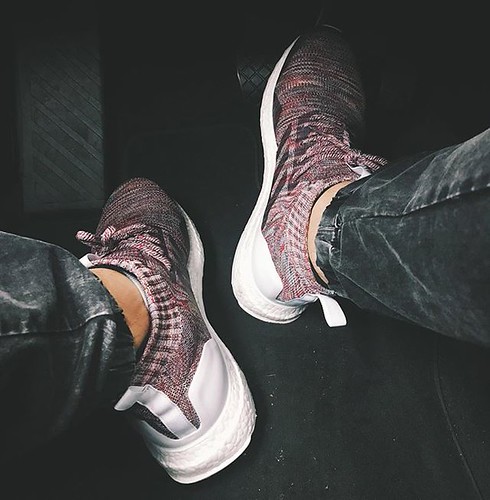
11. **adidas Ultraboost Celebrating Black Culture (2019)**
In 2019, adidas unveiled its “Celebrating Black Culture Pack,” and by all estimates, their intentions were genuinely good. The idea of honoring Black culture through footwear is, of course, a fantastic one, especially for a global brand. However, as often happens when execution doesn’t quite match ambition, the design aesthetics for this particular Ultraboost model became a major head-scratcher.
The Ultraboost in question, tragically, was a masterclass in ironic tone-deafness. Dressing the shoe in an all-white palette, the design paid absolutely no respect or provided any narrative that connected to Black Culture. In fact, many voices within the community quickly pointed out that the styling actually did the exact *opposite* of what the collection claimed to celebrate, creating a jarring disconnect.
To further compound the issue, the specific choice to use the “Uncaged” version of the Ultraboost model rang off as insensitive and an extreme oversight. When you’re “Celebrating Black Culture,” using a design that visually suggests a lack of freedom or constraint, even inadvertently, is a massive misstep. It highlighted a significant lack of cultural consultation or understanding in the design process.
The backlash was swift and undeniable. Social media erupted with uproar, and public outrage forced adidas to do what they had to do: cancel the sneaker. It was a powerful lesson in brand accountability and the absolute necessity of authentic representation and thorough cultural awareness when attempting to honor any community, especially one whose history is so deeply intertwined with issues of oppression and struggle.
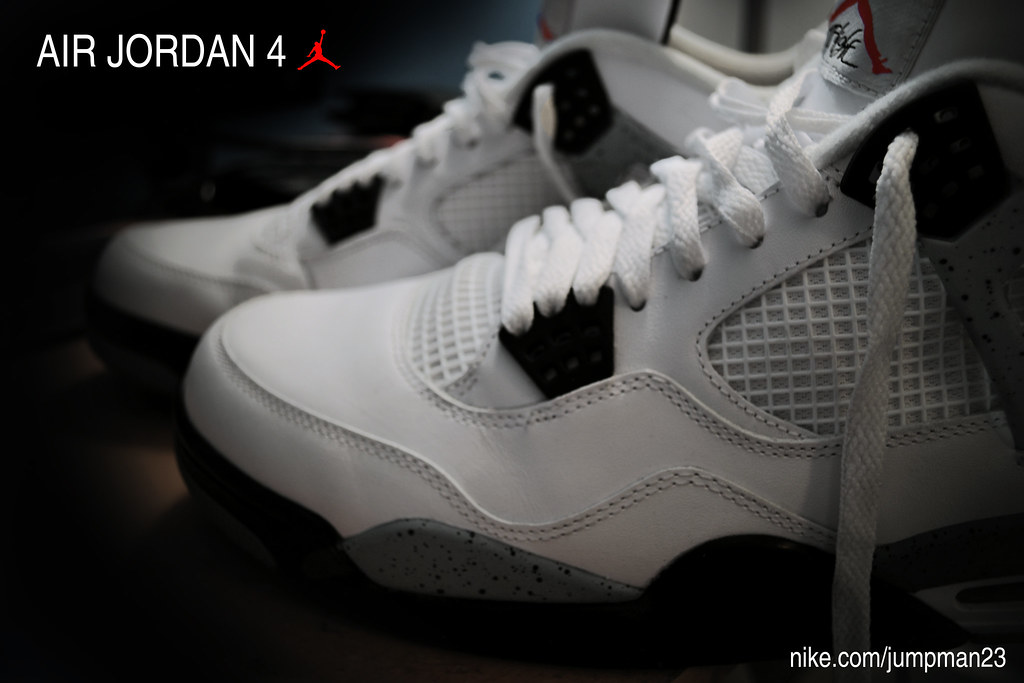
12. **OVO x Air Jordan 4 Raptors (2018)**
The Air Jordan 4, a legendary silhouette from ’89, has long served as a magnificent canvas for collaborations, especially when it comes to celebrating sports culture. So, in 2018, Jordan Brand was all set to roll out two incredibly hyped, sports-centric colorways tied to mega-stars Travis Scott and Drake. The sneaker world braced itself for impact!
The Travis Scott style made its glorious debut in 2018, living up to all the hype and becoming an instant classic. But Drake’s anticipated pair? Well, that’s a whole different story. As Aubrey Graham found himself in the crossfires of what became a footwear free agency drama—which then spiraled into a ruthless rap beef, because, well, Drake—the OVO head honcho’s Jordan Brand deal actually expired. Talk about complicated!
This contractual expiration had immediate repercussions for the Raptor-toned Air Jordan 4. The shoe, originally slated as a collaborative effort with Drake’s OVO brand, was instead forced to release in “GR fashion,” meaning a general release, crucially *without* Drake’s signature on the tongue. It was a subtle but significant downgrade, changing a highly coveted collaboration into a standard drop.
For about a year, the consensus was that the shoe was effectively “cancelled” as an OVO collaboration due to Drake’s contract expiring with Jordan Brand. Nothing was the same, indeed. But then, in a dramatic twist worthy of a sneakerhead’s wildest dreams, Nike dropped the Drake signature style on SNKRS as a Shock Drop, celebrating the Toronto Raptors’ epic run in the NBA Finals. It was an unexpected, but very welcome, turn of events for fans who thought they’d missed out!
And there you have it, folks! Another deep dive into the unpredictable, often messy, but always fascinating world of sneaker releases gone awry. From legal battles and cultural missteps to contractual woes and plain bad timing, these stories are a powerful reminder that even the biggest brands and the most iconic designs aren’t immune to a spectacular flop or a controversial cancellation. Each of these “almost-were” kicks offers a unique glimpse into the intricate dance between design, marketing, legalities, and the ever-passionate sneaker community. So, the next time you’re chasing that coveted drop, remember these tales – because sometimes, the shoes that *don’t* make it to your closet are just as legendary as the ones that do!



